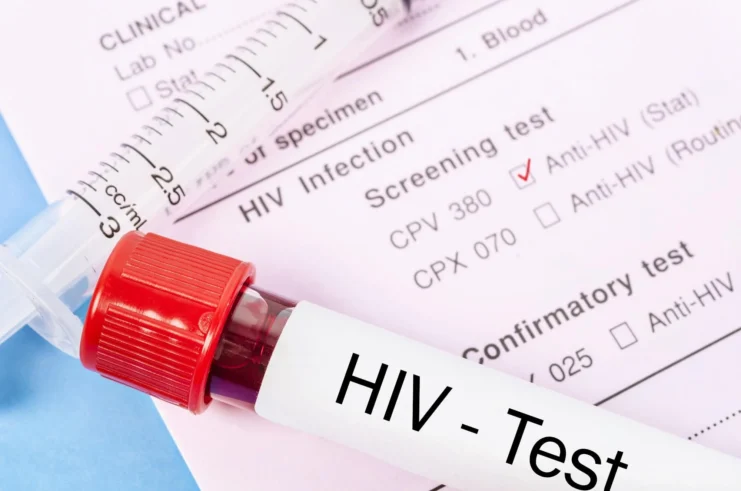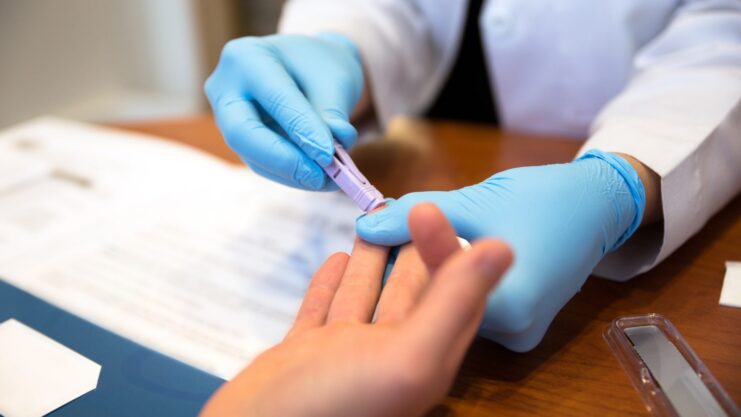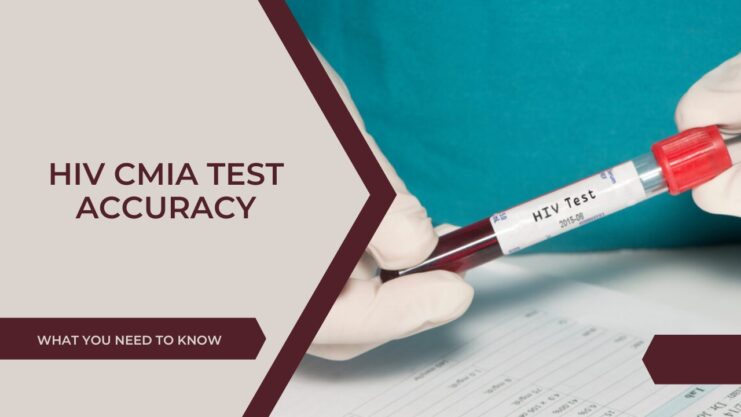Accurate and timely detection of HIV infection is crucial for effective management and prevention of its transmission. Various testing methods have been developed to detect HIV antibodies and antigens in a patient’s blood.
The HIV CMIA (Chemiluminescence Microparticle Immunoassay), HIV ELISA (Enzyme-Linked Immuno-Sorbant Assay), and HIV ECLIA (Electro-Chemiluminescence Immunoassay) are among the commonly used techniques to determine the presence of HIV in the body.
This article aims to provide an overview of these testing methods, shedding light on how they work and their significance in HIV diagnosis.
Understanding the differences and capabilities of these techniques can help healthcare professionals and individuals better comprehend the testing process and its implications.
The HIV CMIA test, HIV ELISA test, and HIV ECLIA test are all different methods to detect HIV antibodies and/or antigens in the patient’s blood.

Let me rehash some points:
To know if a person is infected with HIV or not, we look for HIV antigens or antibodies in the patient’s blood.
Antigens are a part of the protein shell of the virus. This is found floating in the patient’s blood very soon after infection.
Antibodies are produced by the patient’s immune system in response to the HIV infection. It might take some time for the patient to produce enough antibodies to be detectable by tests. This is called the window period.
Antigens and antibodies are microscopic particles. We cannot see them with the naked eye or even with a light microscope.
So scientists have developed very smart ways to let us know if there are antigens and antibodies present or not.
Click on the picture for the latest information on the HIV testing Window Period
One method is called ELISA which is short for Enzyme-Linked Immuno-Sorbant Assay.
This is a very elegant test. Basically, there is a trap for the antibodies and antigens. If these are present, they get stuck in the trap. This then triggers off a reaction that causes the solution to change color. The color change is an indication of a positive test.
Another method is called the ECLIA which is short for Electro-Chemiluminescence Immunoassay. In the same way, the system traps antigens and/or antibodies. The difference is instead of triggering off a chemical color reaction, it lets off light which is captured by a sensor. So basically if it lights up, it means the test is positive.
The HIV CMIA test is short for Chemiluminescence Microparticle Immunoassay. It is very similar to the ECLIA test because it also uses light to indicate the presence of antibodies and/or antigens.

All of the above is a massive oversimplification of a rather complex topic. For those interested in more detailed information, there is a great resource in a learning guide developed by Abbott.
Different companies making different machines have their patented differences in these tests so they are not all identical. However, practically speaking, these tests in themselves are exceedingly accurate. The big diagnostic companies that develop these tests have validated their accuracies very diligently.
You would have realized by now that these are all just different detection techniques. They are but one piece of the puzzle of HIV test accuracy.
These are tools at the doctor’s disposal. But if the tool is used wrongly, it is useless.
For the test to be accurate, we must do the right test at the right time. Doctors need to know at what point in time to use which tool to detect what.
So in summary, the HIV CMIA test is very accurate in detecting HIV antibodies and HIV antigens. There is no reason to doubt their accuracy.
However, to know if the patient is infected with HIV or not, the doctor has to know when to order the CMIA and decide if the CMIA will test for antibodies or antigens, or both.
If you had a high-risk exposure to HIV within the past 72 hours, you can take medicines to reduce your risk of actually contracting HIV.
Conclusion
Accurate HIV testing plays a vital role in diagnosing and managing HIV infections, as well as preventing the transmission of the virus. The HIV CMIA, ELISA, and ECLIA tests are reliable methods for detecting HIV antibodies and antigens in a patient’s blood.
These tests employ different detection techniques, such as color change or light emission, to indicate the presence of HIV particles.
It is important to note that these tests are highly accurate when used appropriately and at the right time. Healthcare professionals need to consider the patient’s exposure history, the stage of infection, and the specific requirements of each test to ensure accurate results.
This knowledge helps in making informed decisions about the appropriate testing method and timing, optimizing the chances of accurate diagnosis and effective management of HIV.












